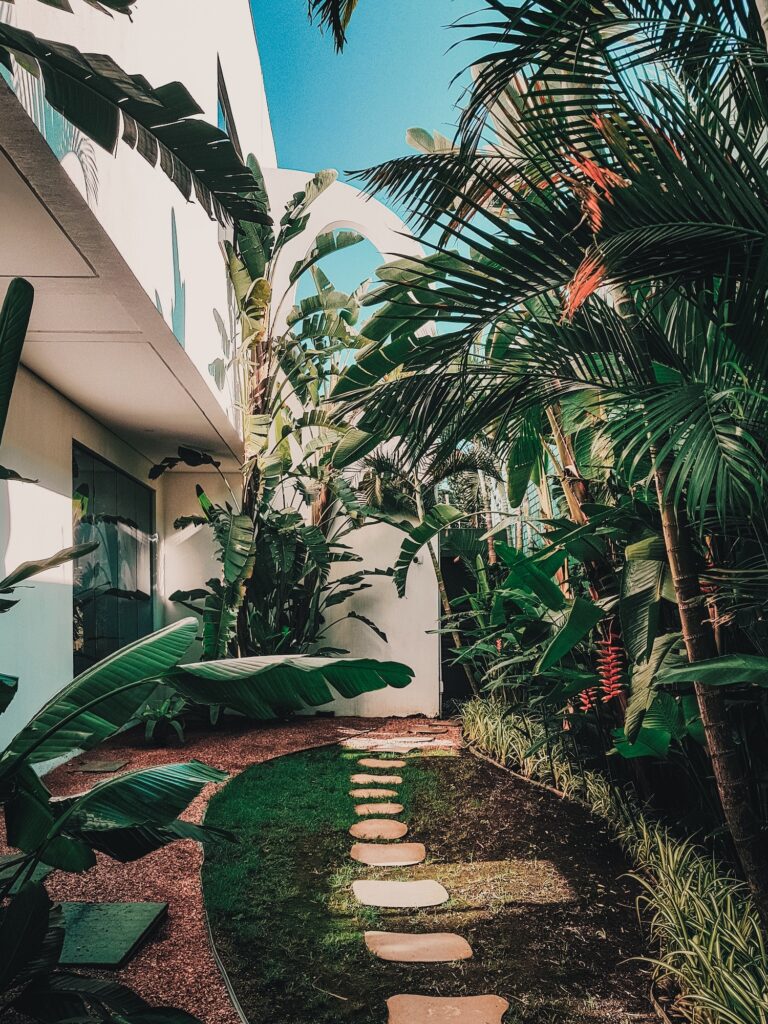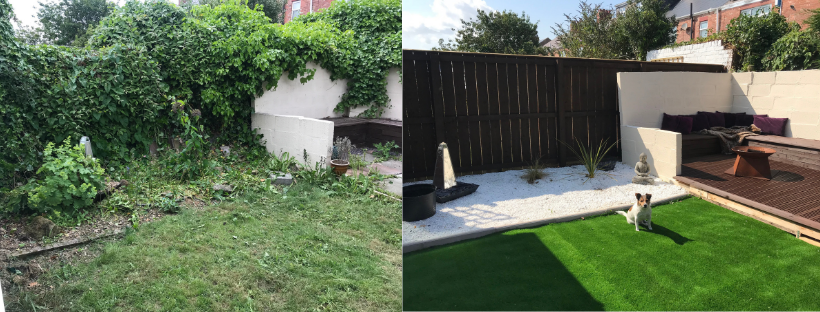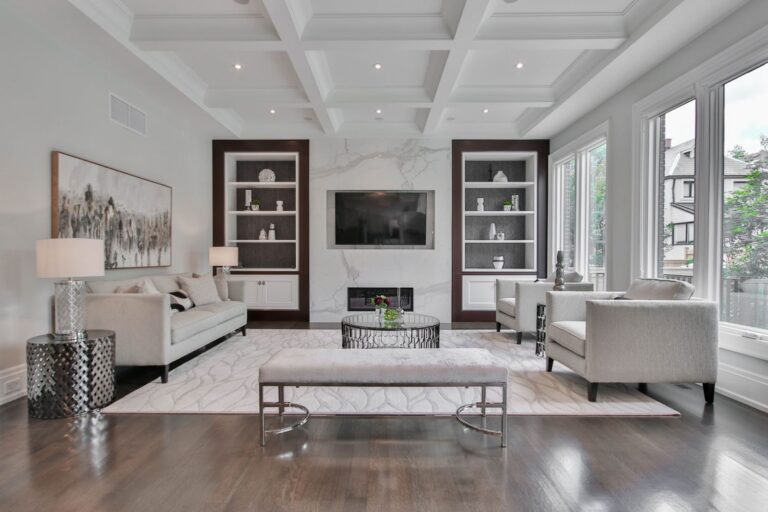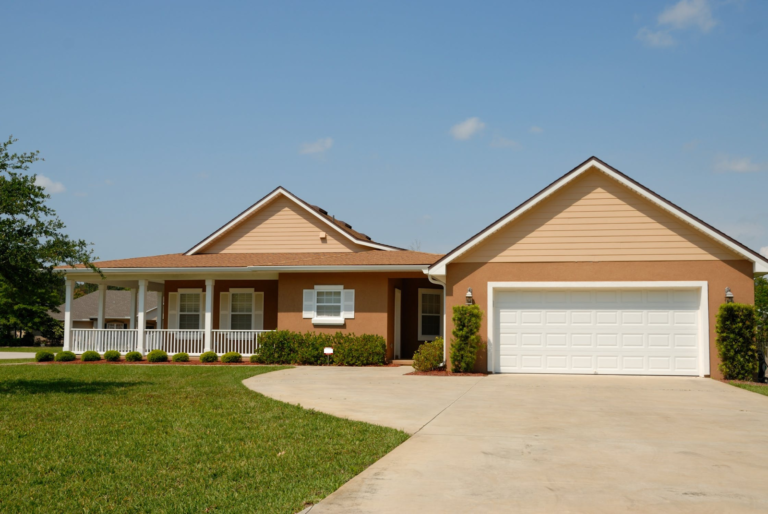10 Tips for Getting your Beautiful Garden Ready for the Summer
Summer is just around the corner, and that means it’s time to start thinking about getting your garden ready. Whether you’re an experienced gardener or just starting out with the help of someone like Instant Green, there are plenty of things you can do to make sure your garden is looking its best for the summer months. Here are ten tips to help you get started:
10 Tips for Getting your Beautiful Garden Ready for the Summer
Clean up your garden
Cleaning up your garden is an essential step in preparing it for the summer months. The winter season can often leave behind debris such as dead leaves, branches, and other materials that need to be cleared out. Not only does cleaning up your garden make it look neater and more aesthetically pleasing, but it also helps to promote healthy plant growth.
One of the primary reasons to clean up your garden is to remove any potential breeding grounds for pests and diseases. Dead plant matter and debris can provide a habitat for pests such as slugs, snails, and other insects that can damage your plants. Clearing out these areas, coupled with implementing solutions, can help prevent infestations and promote healthy growth in your garden. Instant Green uses methods, such as adding nutrient-rich compost or planting cover crops, can immediately improve the vitality of your soil, providing an additional boost to your garden’s overall health and resilience against pests and diseases.
Another benefit of cleaning up your garden is that it allows you to assess the condition of your plants and garden features. As you clear out debris, you can check for any signs of damage or disease that may require attention. This is also a good opportunity to prune any dead or damaged branches and remove any weeds that may have sprouted.
When cleaning up your garden, it’s important to take care not to damage any existing plants or garden features. Be gentle when removing debris and avoid stepping on or crushing any plants. You may also want to consider using gloves to protect your hands from thorns, prickly leaves, or other hazards.
Prepare your soil
Preparing your soil is a crucial step in getting your garden ready for the summer. The soil is the foundation for your plants and plays a vital role in their growth and health. If the soil is lacking in nutrients, your plants will not grow to their full potential, and they may be more susceptible to disease and pests.
To prepare your soil, start by testing it to determine its pH level and nutrient content. You can purchase a soil test kit at your local garden centre or online. Based on the results of the test, you can determine what amendments your soil may need.
Adding compost, manure, or other organic materials to your soil is an effective way to improve its quality. Organic matter helps to retain moisture in the soil, improves soil structure, and provides nutrients to your plants. Compost can be made from kitchen scraps, grass clippings, leaves, and other organic matter. You can also purchase compost at your local garden centre.
In addition to adding organic matter, you may need to adjust the pH level of your soil. Most plants prefer a slightly acidic soil with a pH level between 6.0 and 7.0. If your soil is too acidic or alkaline, you can add lime or sulfer to adjust the pH level.
Preparing your soil before you start planting will help ensure that your plants have the nutrients and growing conditions they need to thrive. It may take some time and effort, but the end result will be a beautiful and healthy garden.
Plant flowers and shrubs
When choosing flowers and shrubs for your garden, it is important to consider the climate and soil type. Research the plants that are well-suited to your local area, and choose those that will thrive in your specific conditions. Some plants may require more sunlight, while others may prefer shadier areas. Additionally, some plants may need more water or soil with specific pH levels.
Consider the height and size of the plants you choose, as well as their bloom time. You can create a beautiful display by choosing a variety of plants that bloom at different times throughout the season. This will ensure that there is always something in bloom, providing colour and interest to your garden.
When planting flowers and shrubs, make sure to give them enough space to grow. Crowding plants can lead to poor growth and disease. Follow the planting instructions for each plant, and be sure to water them regularly until they are established. Adding a layer of mulch around your plants can help retain moisture and prevent weeds from growing.
Remember to also consider the maintenance requirements of the plants you choose. Some plants may require frequent pruning or deadheading to keep them looking their best. Others may be more low-maintenance, but still require regular watering and fertilising.
By choosing the right flowers and shrubs for your garden and properly caring for them, you can create a beautiful and thriving outdoor space for the summer.
Water regularly
Watering your garden regularly is essential for the health and growth of your plants. The amount of water your plants need depends on their type, size, and age, as well as the climate and soil conditions. During hot and dry weather, your plants may require more frequent watering to avoid drying out and wilting.
One effective way to water your garden is to use a watering can or a hose with a nozzle that allows you to control the flow of water. Be sure to water the soil directly around the base of the plant rather than spraying water over the top of the leaves, as this can cause disease and damage.
If you have a large garden or find it challenging to water your plants regularly, you may want to consider installing an irrigation system. There are many different types of irrigation systems available, including drip systems, soaker hoses, and sprinklers, and choosing the right one depends on your garden’s size and layout.
Keep in mind that over-watering your plants can be just as harmful as under-watering them. To avoid water logging the soil and drowning your plants, be sure to check the soil moisture level regularly and adjust your watering schedule accordingly. In general, it’s best to water your plants deeply but infrequently, rather than giving them small amounts of water frequently.
With proper watering, your plants will thrive and look beautiful throughout the summer season.
Mulch your garden
Mulching your garden is an important step in getting it ready for the summer. It involves placing a layer of organic material on top of your garden beds to help retain moisture, regulate soil temperature, and suppress weed growth. Mulch can also add valuable nutrients to the soil as it breaks down over time.
There are several types of organic mulch that you can use, such as straw, leaves, bark chips, grass clippings, and compost. When choosing a mulch, consider the needs of your plants and the climate in your area. For example, if you live in a hot, dry climate, you may want to choose a mulch that can help retain moisture in the soil.
To apply mulch, first clear any debris or weeds from your garden beds. Then, spread a layer of mulch on top of the soil, making sure not to cover the base of your plants. It’s best to apply mulch to a depth of 2-3 inches, which is enough to provide the desired benefits without suffocating your plants.
Mulch should be replenished once or twice a year to maintain its effectiveness. This is especially important in areas with harsh winters, where the freeze-thaw cycle can cause the mulch to break down more quickly.
In addition to its practical benefits, mulch can also add a decorative element to your garden. Colored mulch, for example, can add visual interest and complement the colors of your plants. With its many benefits, mulching is an essential step in getting your garden ready for the summer.
Keep pests under control
Keeping pests under control is an essential part of maintaining a healthy and productive garden. Pests such as aphids, slugs, and snails can cause severe damage to your plants, leading to stunted growth, discolouration, and even death. To prevent these pests from taking over your garden, it’s essential to implement natural pest control methods.
One effective way to control pests is by planting companion plants. Companion planting involves planting certain plants together that can help repel pests or attract beneficial insects. For example, planting marigolds alongside your vegetables can help deter aphids and other pests. Additionally, planting herbs like basil and mint can help repel insects like flies and mosquitoes.
Another natural pest control method is to introduce beneficial insects like ladybugs or lacewings into your garden. These insects feed on aphids and other pests, helping to keep their populations under control. You can attract these beneficial insects to your garden by planting flowers like daisies, yarrow, or fennel.
It’s important to avoid using chemical pesticides in your garden, as they can harm beneficial insects and disrupt the natural balance of your garden ecosystem. Instead, opt for natural pest control methods that are safer for your plants, your health, and the environment. By keeping pests under control, you can enjoy a thriving garden full of healthy, beautiful plants.
Prune trees and shrubs
Pruning is an essential task to ensure the health and appearance of trees and shrubs in your garden. Dead, damaged, or diseased branches can harm the overall growth of your plants and can even pose a safety risk. Pruning is also a great way to shape your plants, promoting healthy growth and ensuring they look their best.
When pruning, use sharp and clean tools to make clean cuts. Cut just above a leaf node, as this is where new growth will occur. Be sure not to cut too much at once, as this can shock the plant and cause it to grow unevenly or even die. Take the time to assess the plant’s shape and structure, and prune accordingly to encourage healthy growth.
Pruning can be done throughout the year, but it’s best to avoid doing it during extreme weather conditions such as extreme heat or cold. Early spring is an ideal time to prune deciduous trees and shrubs as they are still dormant and haven’t started growing yet. On the other hand, pruning should be done in late winter for evergreen plants.
By regularly pruning your trees and shrubs, you can help ensure that they grow healthy and strong, and that they look beautiful all year round.
Add decorative features
Adding decorative features to your garden can transform it into a space that is not only functional but also aesthetically pleasing. These features can be both practical and decorative, such as adding a bird feeder or a decorative water fountain. They can also be purely decorative, such as garden statues or whimsical garden ornaments.
One great way to add decorative features to your garden is by incorporating outdoor lighting. Lights4Fun is a company that specializes in outdoor lighting solutions for gardens and outdoor spaces. Their range of lighting products includes fairy lights, lanterns, and solar-powered lights that can add ambiance and warmth to your garden, making it the perfect space for relaxing or entertaining.
Other decorative features you can add to your garden include trellises and arbors for climbing plants, decorative garden stones or pebbles, and even colourful outdoor furniture. These features can help define different areas of your garden and add a pop of colour or texture.
Adding decorative features to your garden doesn’t have to be expensive, and there are many DIY options available. For example, you can create your own garden ornaments using materials like concrete or clay. You can also create your own trellises or arbors using simple materials like wood or bamboo.
Overall, adding decorative features to your garden is a great way to personalise and enhance your outdoor space. There are many affordable and creative ways to transform your garden into a beautiful and welcoming oasis.
Create seating areas
Creating a seating area in your garden can elevate your outdoor experience by providing a comfortable and relaxing space to unwind. The seating area can be as simple as a bench or a chair placed strategically under a shady tree or a more elaborate setup with a table and chairs for outdoor dining. Adding cushions or outdoor pillows can also make your seating area more comfortable and visually appealing.
When designing your seating area, consider the size of your garden and the number of people who will be using the space. If you have a larger garden, you may want to consider creating multiple seating areas to provide different viewpoints and areas for different activities. For instance, you can create a seating area for intimate conversations, a larger seating area for family gatherings, and a secluded area for quiet contemplation.
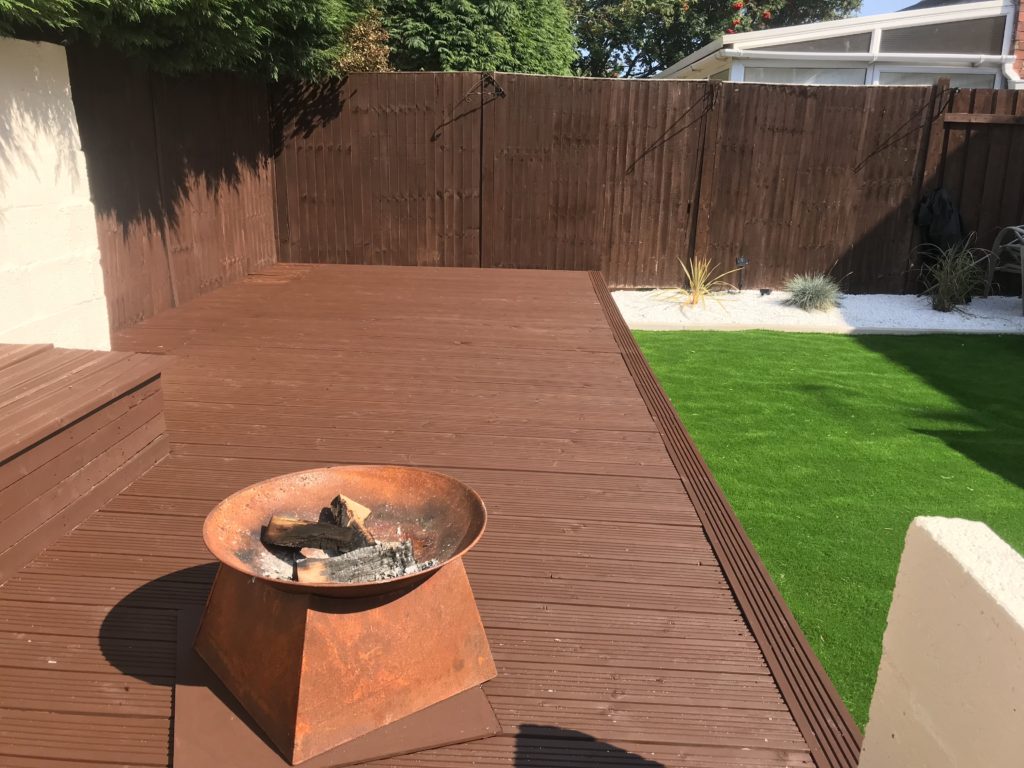
Additionally, consider the placement of your seating area in relation to the sun and wind. Placing your seating area under a tree or a pergola can provide shade and shelter from the sun and wind, making it a comfortable place to relax on hot summer days. Also, placing your seating area near a water feature like a fountain or a pond can create a peaceful ambiance and add to the overall serenity of your garden.
Adding outdoor lighting to your seating area can also make it a magical place to relax in the evenings. String lights, lanterns, and fairy lights can create a warm and inviting atmosphere and add a touch of whimsy to your garden. With a little creativity and planning, creating a seating area in your garden can transform it into a beautiful and functional outdoor space that you can enjoy all summer long.
Enjoy your garden
Finally, don’t forget to enjoy your garden! Take time to sit back and appreciate the beauty of your plants and the hard work you’ve put into your garden.
In conclusion, getting your garden ready for the summer can be a fun and rewarding experience. By following these ten tips, you can help ensure that your garden is healthy, beautiful, and ready to be enjoyed all summer long.






